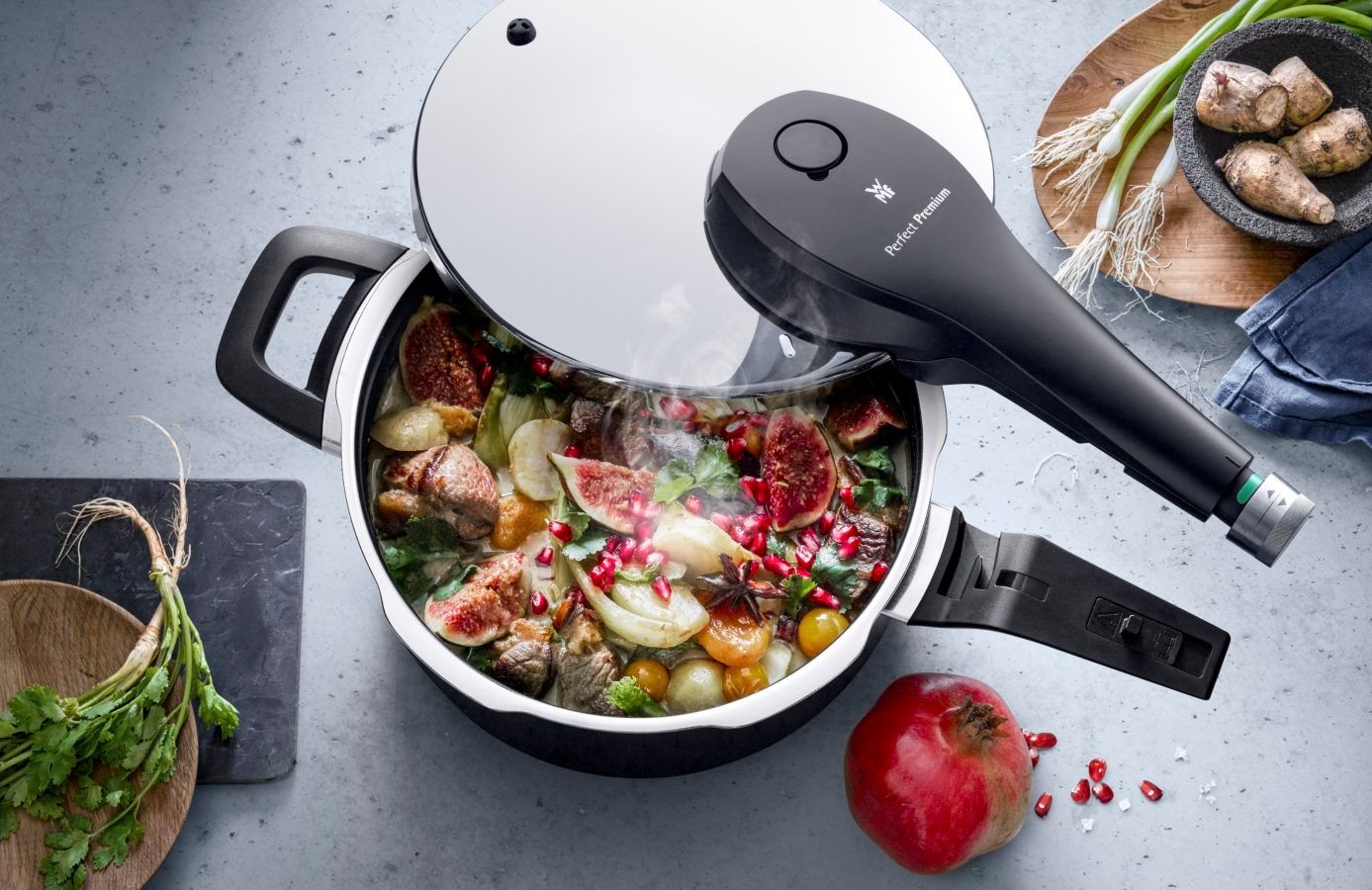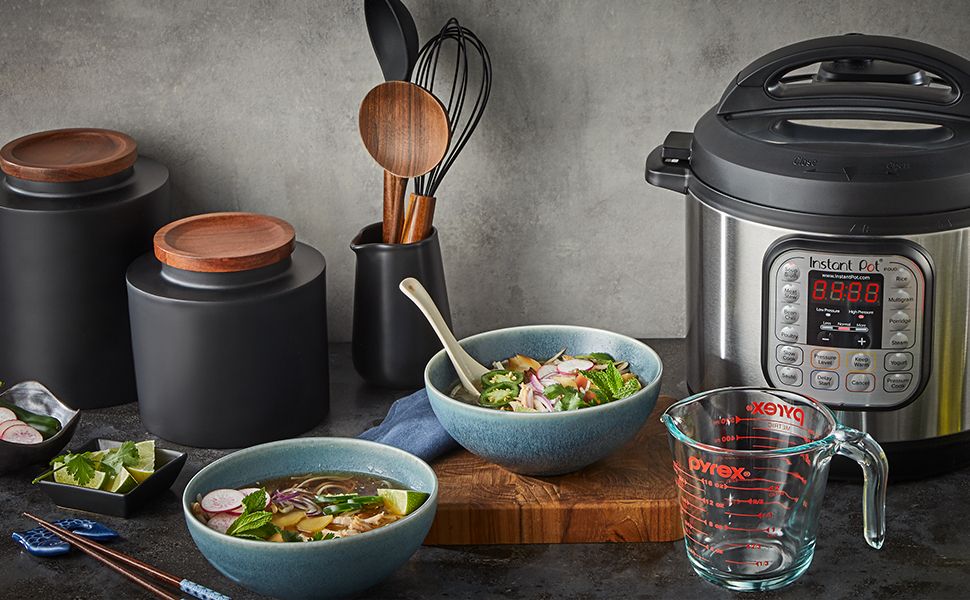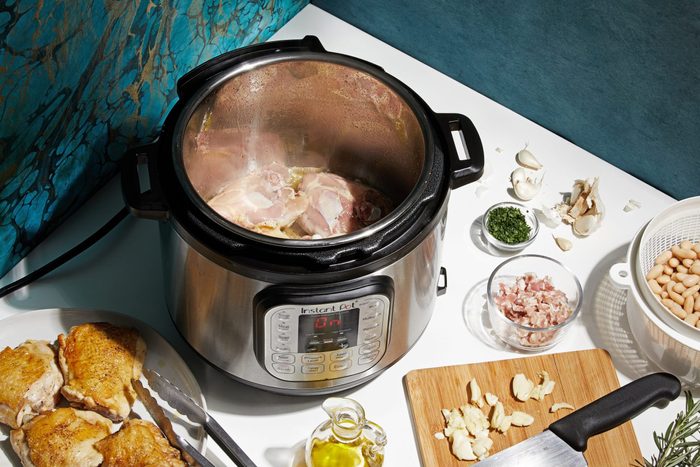How to Cook Nilagang Baka in a Pressure Cooker: A Flavorful Filipino Beef Stew
Written By James Morgan
Nilagang Baka, a beloved Filipino beef stew, brings comfort and warmth to every gathering. This savory delight is typically made with tender beef shanks, hearty vegetables, and a flavorful broth. For many, this dish evokes memories of family gatherings and Sunday lunches. Learning how to cook nilagang baka in a pressure cooker, however, adds a contemporary twist to this traditional dish, making it quicker and easier without sacrificing any flavors.

The Magic of the Pressure Cooker
The introduction of the pressure cooker into modern kitchens has revolutionized the way we prepare time-intensive dishes. A pressure cooker accelerates the cooking process by using high temperature and pressure, sealing in the flavors without the need for extended cooking times. This cooking method is particularly advantageous for dishes like nilagang baka, which traditionally require slow, lengthy cooking to tenderize the beef and develop deep flavors. By learning how to cook nilagang baka in a pressure cooker, you can accomplish the same rich, savory taste in less time, making it feasible for weeknight dinners as well as special occasions. For more details on how a pressure cooker works, check this detailed guide.

Key Ingredients for a Stellar Nilagang Baka
Nilagang Baka is a dish that embodies simplicity and robust flavors. Let's break down the essential components you'll need:
- Beef Shank: This cut is ideal for stews as its rich marbling produces flavorful, tender meat. Make sure to get about 2 lbs.
- Vegetables: A classic mix includes cabbage, potatoes, green beans, and saba bananas. These add depth and texture to the dish.
- Flavor Base: Onion, garlic, and peppercorns provide the aromatic foundation for the stew.
- Beef Broth: A good quality broth enhances the dish's natural flavors. Use about 8 cups.
- Fish Sauce: This essential Filipino seasoning gives the stew its unique umami kick.
Preparation Steps for Cooking Nilagang Baka in a Pressure Cooker
Step 1: Preparing the Ingredients
Begin by preparing all your ingredients. Using a sharp knife and a cutting board, slice the beef shank into sizeable chunks. Peel and cut the potatoes into quarters. Slice the cabbage into wedges and trim the green beans. Peel the saba bananas and cut them into halves. Crushing a few cloves of garlic and chopping an onion sets a strong aromatic base for your stew.
Step 2: Searing the Beef
Set your pressure cooker to the saut setting. Add a bit of oil and let it heat up. **Searing** the beef shank chunks ensures that you lock in the juices, leading to more tender and flavorful meat. Sear each side until it's nicely browned but not fully cooked. This process should take around 5-7 minutes. Remove the meat and set it aside.
Step 3: Forming the Flavor Base
In the same pressure cooker, add more oil if necessary, and toss in the garlic. Saut until fragrant, and then add the chopped onions. Cook these together until the onions become translucent, making sure not to burn the garlic. Add the beef shank back into the pot along with the peppercorns, ensuring that they mix well.
Step 4: Adding the Liquid
Add 8 cups of beef broth to the pressure cooker. This liquid will help create the rich broth that nilagang baka is known for. Pour in around 2 tablespoons of **fish sauce**; it's potent, so be careful not to overdo it at this stage. The broth should cover the beef well. If you need to, add a bit more broth or water until all ingredients are submerged.
Step 5: Cooking Under Pressure
Secure the lid of your pressure cooker and set it to high pressure for 25 minutes. This cooking time ensures that your beef becomes incredibly tender and infused with the flavors of the broth and seasonings. The beauty of using a pressure cooker here is that you're achieving in 25 minutes what would typically take hours.
Step 6: Adding the Vegetables
Once the cooking cycle is complete, allow the pressure to release naturally for about 10 minutes before carefully performing a quick release. Open the lid and add the potatoes, green beans, cabbage, and saba bananas. Secure the lid again and set the pressure cooker to high pressure for an additional 5 minutes. This second cycle ensures that the vegetables are cooked but still hold their texture and vibrant colors.
Find the Best Pressure Cooker Here

Final Touches: Bringing It All Together
When the second cycle is complete, perform a quick release to let out the steam rapidly. Open the lid carefully to reveal your beautifully cooked nilagang baka. Give the stew a gentle stir to mix the ingredients and take a moment to savor the aroma. Taste the broth and adjust the seasonings if necessary; you can add more fish sauce or a bit of salt to achieve your desired flavor.
Serving Suggestions
Nilagang Baka is best served hot, accompanied by a steaming bowl of rice. The stew itself is hearty, but a side of rice helps soak up the delicious broth. You might also want to serve some patis (fish sauce) with calamansi on the side, as many Filipinos enjoy adding a bit of this seasoning to their individual bowls.
Maintaining Your Cookware
Now that your kitchen has filled your home with wonderful aromas, it's time to consider cleanup and maintenance. Your pressure cooker will serve you well for years if taken care of properly. Make sure to wash and dry all parts thoroughly. For stubborn stains or residue, consider using a specialized cookware cleaner to keep your pressure cooker in top shape. Additionally, maintaining your cutting board with appropriate cutting board oil will extend its lifespan and keep it sanitary for future use.
As an Amazon Associate, I earn from qualifying purchases.
Conclusion
Learning how to cook nilagang baka in a pressure cooker opens a new avenue for enjoying this beloved Filipino dish. Not only does this method save you precious time, but it also ensures that you don't compromise on flavor and tenderness. The next time you're yearning for a taste of home, remember that your trusty pressure cooker can help bring this Filipino delicacy to your table with ease and efficiency. Enjoy!



